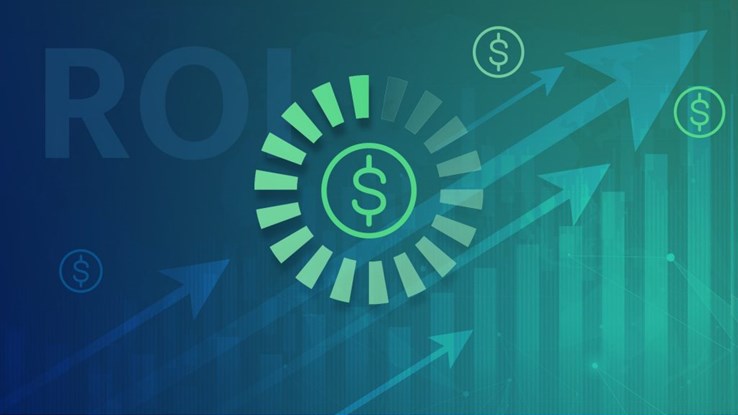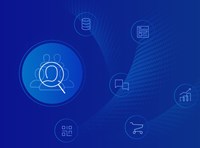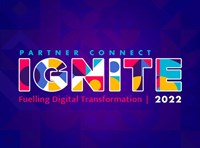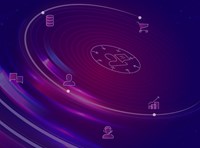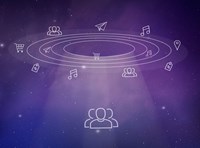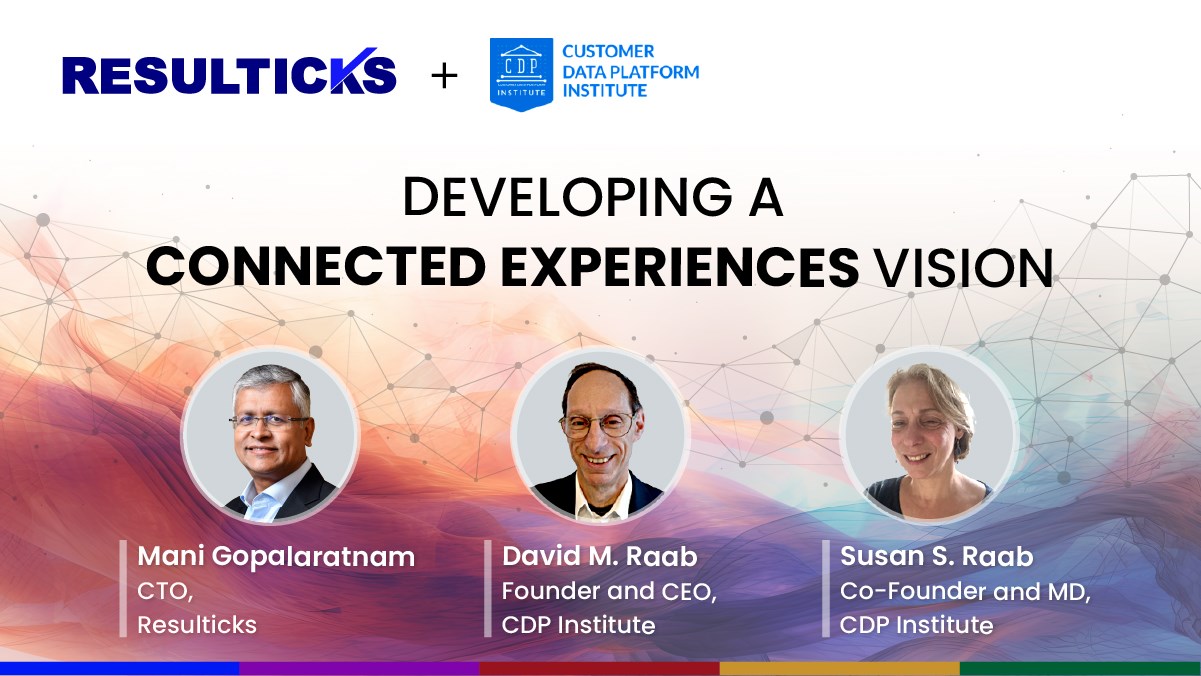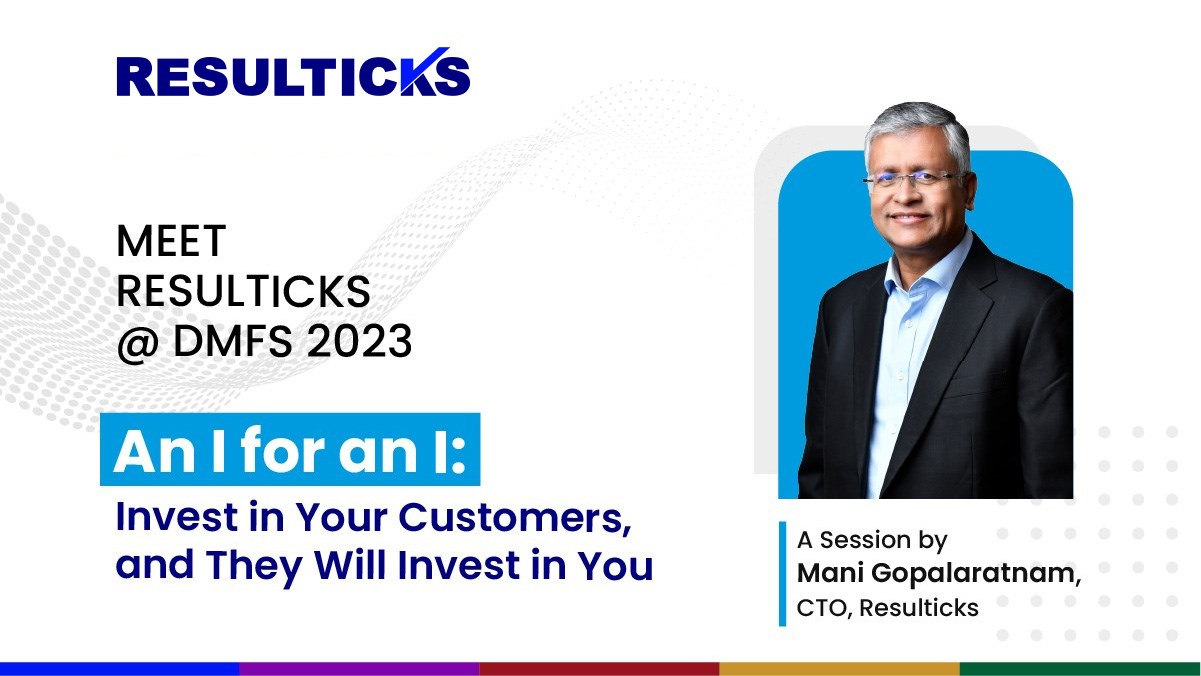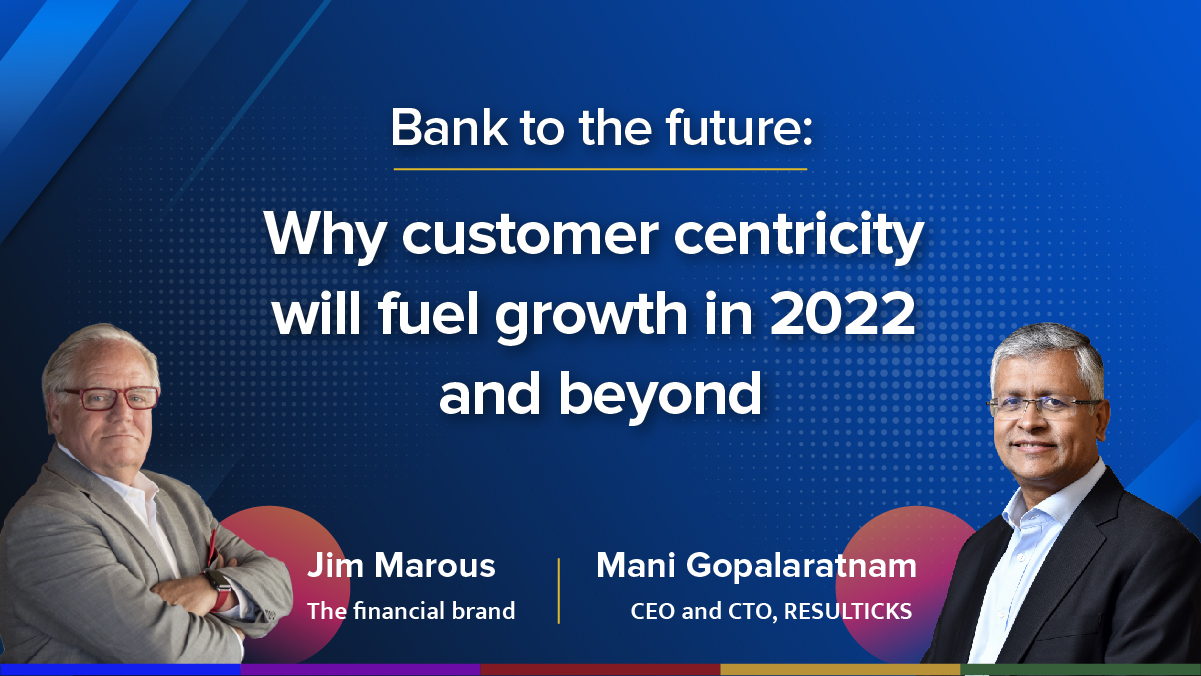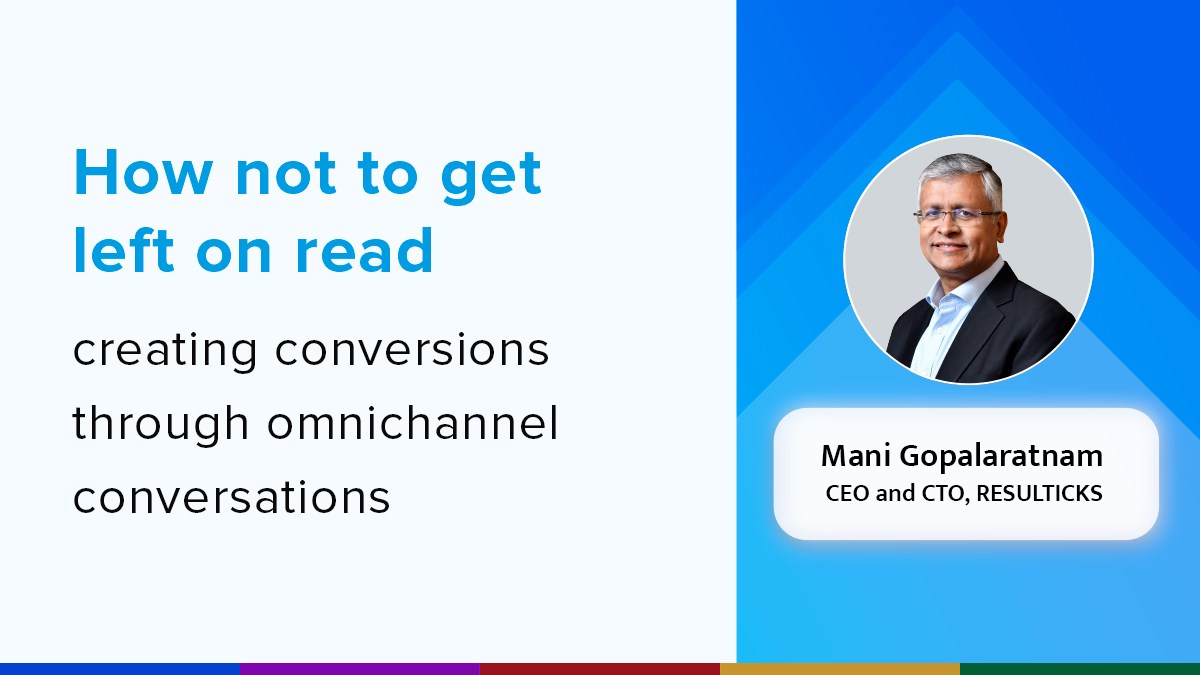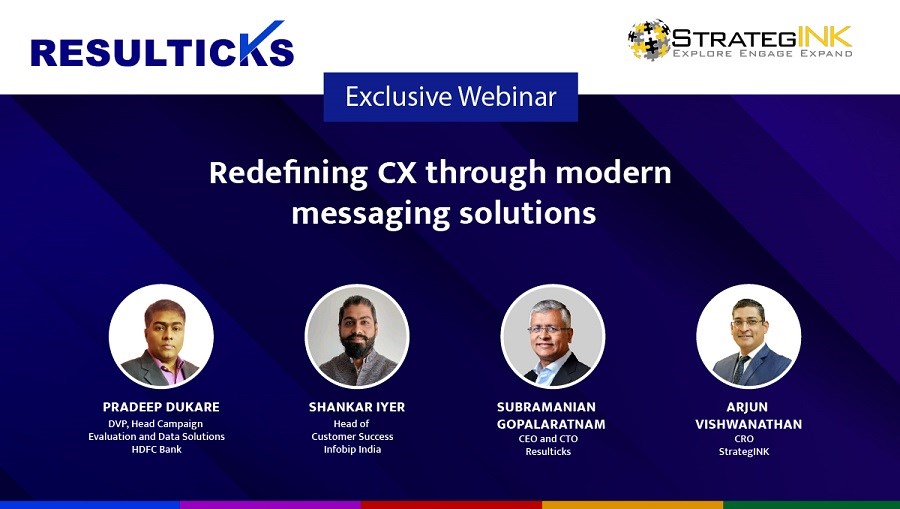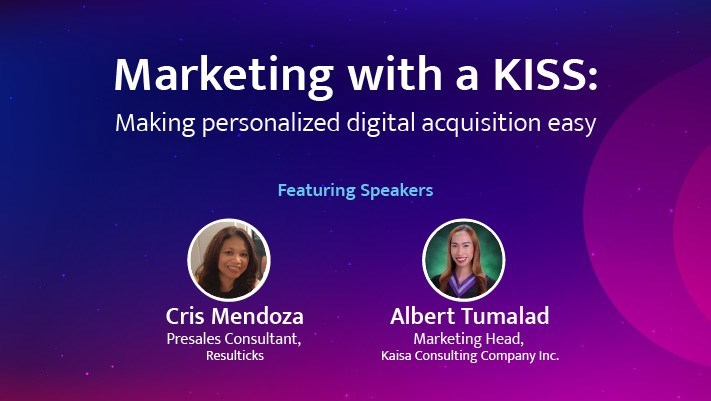Summary
- Accurately calculating the ROI from martech solutions is a multifaceted project
- Accounting for investment components and returns gained is crucial
- Optimizing your costs with proactive changes to your framework yields consistent results.
Among the most common questions asked by current and prospective Resulticks customers are along the lines of:
- How can we calculate the true ROI of a martech solution?
- How long before we realize a positive ROI on our martech investment?
To address these, let’s start with the basics.
ROI, put simply, is the value you gain in return for your money spent.
While this sounds simple, it can be quite a complex proposition for SaaS products, especially for marketing or sales systems. To understand what true ROI means, let’s take a detailed look at the two components: investments made and returns gained.
Investment components
• Product cost/license cost is how much you pay to use the tool. It may be paid monthly, quarterly, or annually depending upon your purchase agreement.
• Implementation cost is a one-time charge for setting up your account so you can use the tool. This may not be an external cost if the setup is carried out by your own staff. In that case, however, you should still factor in the time (working hours) your team members spend on implementation.
• Support cost is the amount you spend on customer support or maintenance. This can be a separate fee or part of your license cost depending on your vendor agreement.
• Employee training is what you spend on training your employees to use the new tool. This component of your investment can be included in your license fee or an additional cost depending upon your vendor agreement.
Integral factors
- The amount of time spent on training over and above the standard training period is also an investment.
- Gauging this cost aids in measuring the long-term gains from the platform.
The consumables cost is very specific to martech tools, unlike the others which are common investments for any SaaS platform. Consumables cost is associated with individual marketing channels. For example, cost per email or SMS and ad-spends across platforms (e.g., Google and social media ads). Some vendors include this cost as part of the license fee, while others count it as a non-inclusive fee.
Returns gained: tangible and intangible gains
Tangible gains are easy to identify and measure. The intangibles, however, are more relevant measures of your true ROI. The tangible gains are the direct measure of your revenue from the marketing campaigns using the martech tool. The intangible benefits are primarily in the form of savings.
Gains can be broadly classified as follows:
- Process optimization savings are the efficiencies gained from the martech platform doing its job—simplifying cumbersome, repetitive processes and tasks. The savings realized through process optimization must be considered as part of the gains on the investment when calculating ROI.
For example, a lead nurturing campaign can take as long as a day or two to be processed manually. With a martech tool, the same campaign can be set up in mere minutes. This enables the staff to focus on other important tasks that improve performance and cost savings. Bear in mind, however, that while martech can optimize the operational processes, the business process itself is out of scope of the platform.
- Resource optimization savings result from empowering marketers to do more, more efficiently. Martech is not a replacement for a marketer, but rather a technology solution that allows talented resources to run their marketing show optimally. These savings are to be considered in ROI calculation.
For example, identifying an audience segment manually can take up to four hours. With a high performance martech tool, you can accomplish it within minutes. This saves significant amounts of time and allows marketers to focus on other important tasks.
The optimization quotient
Optimizing resources depends heavily on the martech platform’s ease of use. A platform that solves problems but is hard to use can actually result in additional investments and higher costs. Optimization sometimes depends on the individual’s capacity to learn and use the platform effectively.
- Cost optimization is the result of smart marketing methods. With advancements in technology, an effective martech solution is about more than streamlining processes or reducing repetitive tasks. Powered by AI and machine learning, the right platform can reduce cost by helping orchestrate highly targeted campaigns, on the right channel at the right time with the right content.
For example, instead of spending resources across all channels—email, SMS, social media—for the entire audience, a powerful solution can help brands target individuals on their preferred channels only. Note that this kind of cost optimization depends on the platform’s capabilities. The more advanced the capabilities, the higher the returns one can expect.
By taking this bird’s eye view of measuring the investment in martech and the gains, brands can achieve a more realistic calculation of marketing ROI.
Decoding optimum ROI
To realize higher ROI sooner, brands must look for a solution that is - Easy to use (shorter learning curve) - Faster to market (quick implementation) - Equipped with highly advanced features that can deliver both tangible and intangible benefits.
Bear in mind that a bit of patience is always required when implementing a new martech platform. Even the best performing solution is not an overnight miracle worker. Like any worthwhile investment, it will continue to deliver even better performance and returns gradually over time.
If you’d like to know how Resulticks can help you drive and document marketing ROI, contact [email protected] to speak with an expert.

